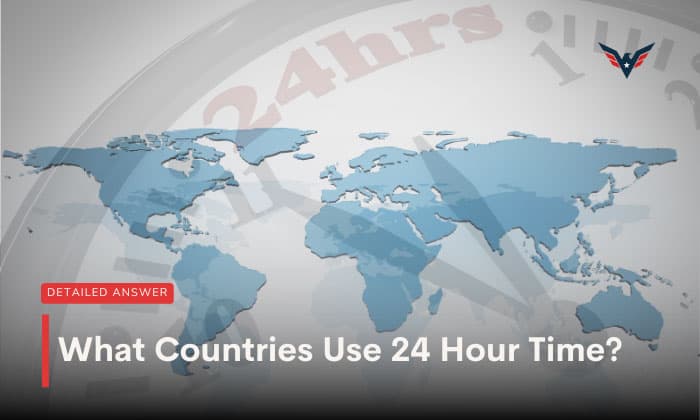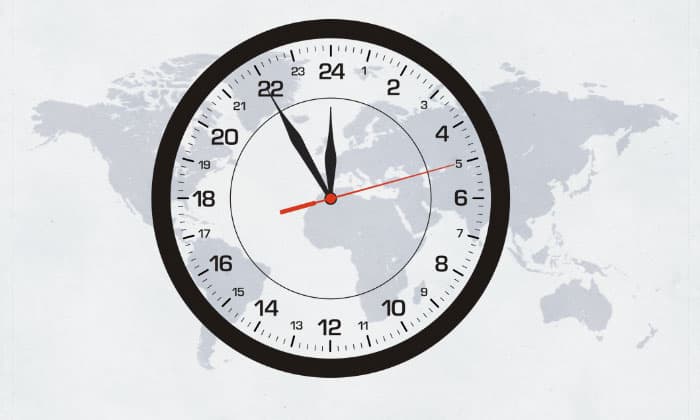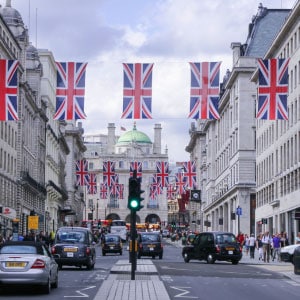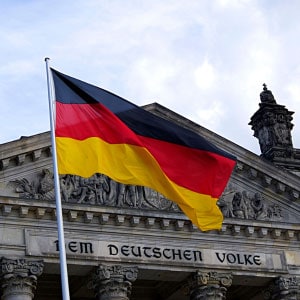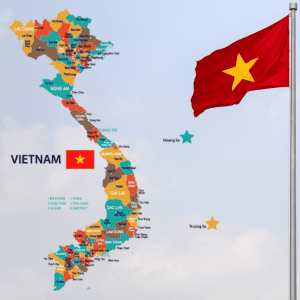Many countries use the 12-hour time format due to its simplicity. But do you know that there are still countries that use the 24-hour clock system for official purposes? What countries use 24 hour time?
Well, these countries are mostly found in Europe, including Germany and Romania. The French pioneered the 24-hour clock system and introduced it to Vietnam. UK nations are also using the same clock system as of now.
Keep reading to know the answers to the questions, “Why do people use military time?” and “Where is 24 hour time used?”
Table of Contents
Understanding the 24-hour Clock Format
The 24-hour clock format shows the time of the full 24 hours in the entire day. The first two digits indicate the hours, and the second two digits refer to the minutes. For example, the 24-hour clock format of 1:30 PM is 1330 hours.
Unlike the 12-hour clock time, the 24-hour format doesn’t need an AM/PM indication. It simply shows the time from 0000 (midnight) to 240o without repetition, hence providing less confusion to users. While the 12-hour format is available in digital and analog clocks, military time is only shown on digital clock units.
From 1 AM to 12 PM, both the 12-hour and 24-hour formats are almost synchronized. The military time of 9 AM is 0900 or zero nine hundred hours, and 10:30 AM is 1030 or ten thirty hours. The numbers only change when the clock strikes 1 PM because that shows 1300 or thirteen hundred hours in a 24-hour clock format.
Countries Using The 24-Hour Clock Format
The 12-hour clock format is widely used today, most especially in English-speaking countries. So, how many countries still use military time? There are quite a few who enjoy its precision.
Here are the countries that use 24 hour time.
1. France
The French use military time up to this day to avoid misunderstanding. In fact, the Southern region uses the 24-hour clock in both speech and written formats. As for the rest of the country, it’s common to see the 24-hour format in public announcements like train schedules and sports events.
When you see 9h30 in the schedule, this means 9:30 AM. The minutes are the last two digits while the first numbers are the hours. The leading zero can be omitted when referring to single-digit hours.
Keep in mind that the French observe a different time etiquette than usual. When you’re invited to come at 13h00, it’s impolite to come at or before that time. You have to give the host 15 minutes more to prepare, so you can come at 13h15 or 1:15 PM, and no one will bat an eye at that.
2. United Kingdom
The UK uses military time for public transit timetables, daily appointments, and other official schedules.
What places exactly?- that would be England, Northern Ireland, and Wales. The people in the UK use a leading zero to represent the 24-hour system, as in 07:25 (with a colon to separate the hours and minutes).
Generally, the default setting of the British clock is a 24-hour format. However, these countries sometimes switch to the 12-clock system verbally, depending on the context and formality of the situation.
For instance, some avoid saying the 24-hour time out loud unless they work in law enforcement for formality issues.
In a workplace, you can say “See you at the meeting at 2” because your colleagues know that it’s going to be in the afternoon, which is within the office hours. However, in a workplace that runs 24 hours a day like a hospital, people need to use the 24-hour format to avoid AM/PM confusion.
3. Germany
No one takes the 24-hour clock more seriously than Germany. Since the country doesn’t use AM and PM, the Germans continue counting time from 13 onwards.
The 24-hour clock system is generally used for all public announcements and even for casual conversations in the country.
After the time digits, the term “uhr” is written, meaning o’clock. For example, 1 PM is 13:00 Uhr in Germany’s 24-hour clock system. The leading zero can also be omitted, so 9 AM can be written as 9:00.
To say the time in exact minutes, say uhr between the hour and minutes. Germans that occasionally use the 12-hour clock system to tell the time aren’t natives of the country. These foreigners can say “See you at 5”, meaning meeting in the afternoon because it’s impossible to meet at 5 AM at dawn.
Take note that the Germans are strict about punctuality. Unlike attending a French dinner, you can’t show up late because it’s deemed a social blunder. The academic setting is different, though; you can be a little late because professors often start the class 15 minutes after the set time.
4. Romania
Like most European countries, Romania still uses the 24-hour clock system to set the time for transportation routes and other public announcements. The Romanians sometimes switch to the 12-hour clock system when talking casually, but they speak the 24-hour clock most of the time.
When someone asks you about the time in Romania, don’t forget to say the word “ora” meaning hours in English. Say the word ora before the number, as in ora uno for one o’clock. Since Romanians are familiar with both clock systems, the time 5 PM can be spoken as 17 o’clock.
5. Vietnam
When the French invaded Vietnam in the 1800s, they popularized the 24-hour clock system to tell time. Up to this day, the Vietnamese use the 24-hour clock to express time for military and official purposes like airport flight schedules.
Many people, though, use the 12-hour clock system for daily life due to the influence of neighboring Asian countries.
Like the French, the Vietnamese use the letter h between the hours and minutes to show the time distinction. For example, 2:35 PM is 14h35 in the Vietnamese 24-hour clock. Full hours don’t need two zeros at the end to indicate minutes, 5 AM can be simply shown as 5h.
Frequently Asked Questions
What are the reasons behind the use of 24-hour time?
One of the reasons for using the 24-hour time is to remove the confusion as to whether the time refers to AM or PM. This precision is significant for the military to execute missions successfully. Other countries also lack the equivalent translation of AM and PM; hence, they show time in a 24-hour system.
When the clock says 13:00, then it means the afternoon has commenced. The time 0000 instantly means midnight, indicating a fresh start for another day.
Are there any countries that use both the 12-hour and 24-hour clock systems?
Yes, many countries use both clock systems to tell time in different settings. Vietnam and countries in the UK are familiar with both 12- and 24-hour clock time systems. These countries use the 24-hour clock for official purposes and the 12-hour clock for casual conversations.
What are the practical considerations and challenges of using a 24-hour time format?
To use 24-hour format, you have to be quick with math calculations. Subtract the military time with 12 when it starts to hit 13:00. For example, 15:00 is 3 PM (15-12) in a 12-hour format.
Since there’s no AM and PM indication, the 24-hour format takes time to get used to, especially if you’re a 12-hour clock user. You might get confused about whether it’s afternoon or night.
Conclusion
At this point, I hope that you know what countries use 24 hour time up to this day. These countries stick to the old clock system to avoid the ambiguity of AM and PM, but also use the 12-hour clock to tell time casually. To avoid confusion, subtract 12 when the time hits 1300 onwards.
Let us know what you think about the 24-hour system in the comment section below. If you want to share this article, please don’t hesitate to do so.

I am Everett Bledsoe, taking on the responsibility of content producer for The Soldiers Project. My purpose in this project is to give honest reviews on the gear utilized and tested over time. Of course, you cannot go wrong when checking out our package of information and guide, too, as they come from reliable sources and years of experience.

